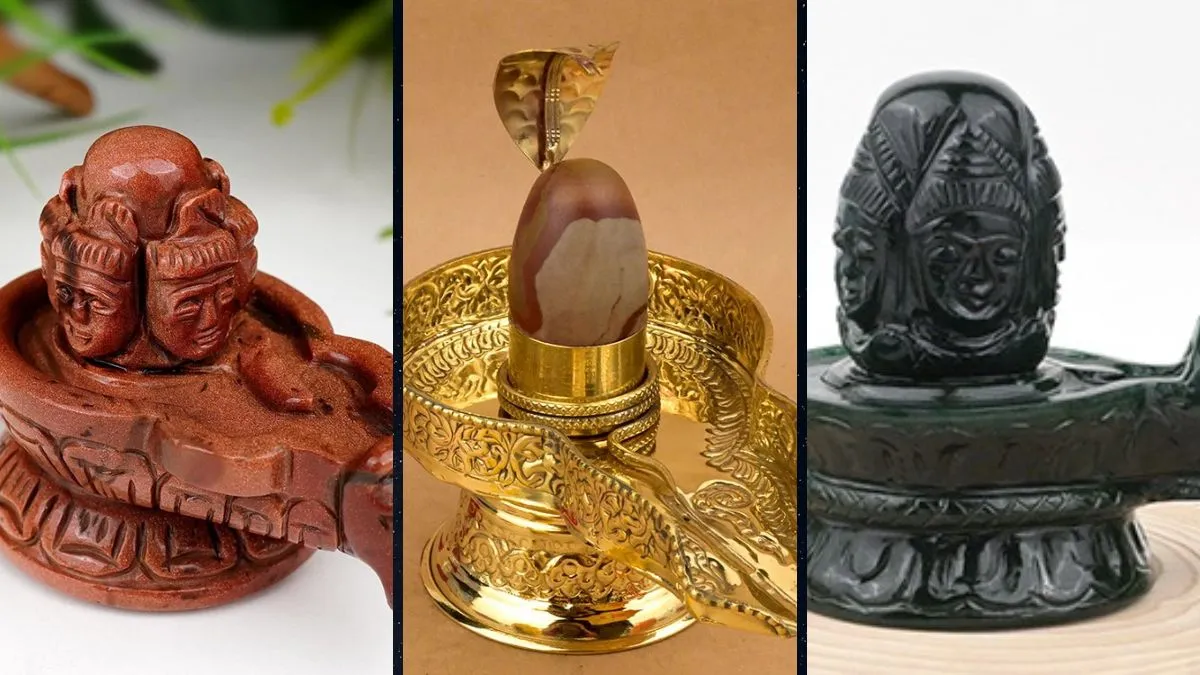
In the realm of Hindu spirituality, Shivling is one of the most significant symbols of Lord Shiva's omnipresent energy, bridging the cosmic and the mundane. It is considered sacred and revered by many. But did you know that not all Shivlings are created equal? According to ancient astrological wisdom, different types of Shivling have specific spiritual properties that influence your destiny, karma, and spiritual evolution. Read this article to learn about six different types of Shivling and their spiritual significance from our expert, Divij Sharma, an astrologer and the director of Rudra Centre.
Sharma said, “The shape of the Shivling, often interpreted as a union of Shiva (the divine consciousness) and Shakti (the primordial energy), is a reminder of the interconnectedness of all life.”
“Shivlings are not just symbolic but also deeply spiritual, radiating energy that influences both the physical and metaphysical realms. Throughout history, Shivlings have been crafted from a variety of materials, including mercury, crystal, and natural stones, each carrying unique vibrations and benefits,” he added.
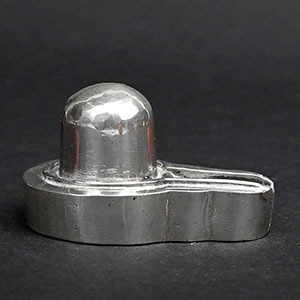
Divij shared, “The Parad Shivling, crafted from purified mercury, symbolises immortality and divine grace. Its purification involves eight essential steps: Svedana (steaming mercury), Mardana (rubbing mercury vigorously), Murchana (processing mercury), Utthapana (restoring mercury), Patana (sublimating mercury), Bodhana/Rodhana (awakening mercury), Niyamana (stabilising mercury), and Deepana (final preparation of mercury). Worshipping the Parad Shivling is believed to dispel negative energies, align the worshipper with higher spiritual frequencies, and strengthen the Sahasrara Chakra (Crown Chakra), enhancing connection with universal consciousness and invoking blessings for prosperity and spiritual growth.”
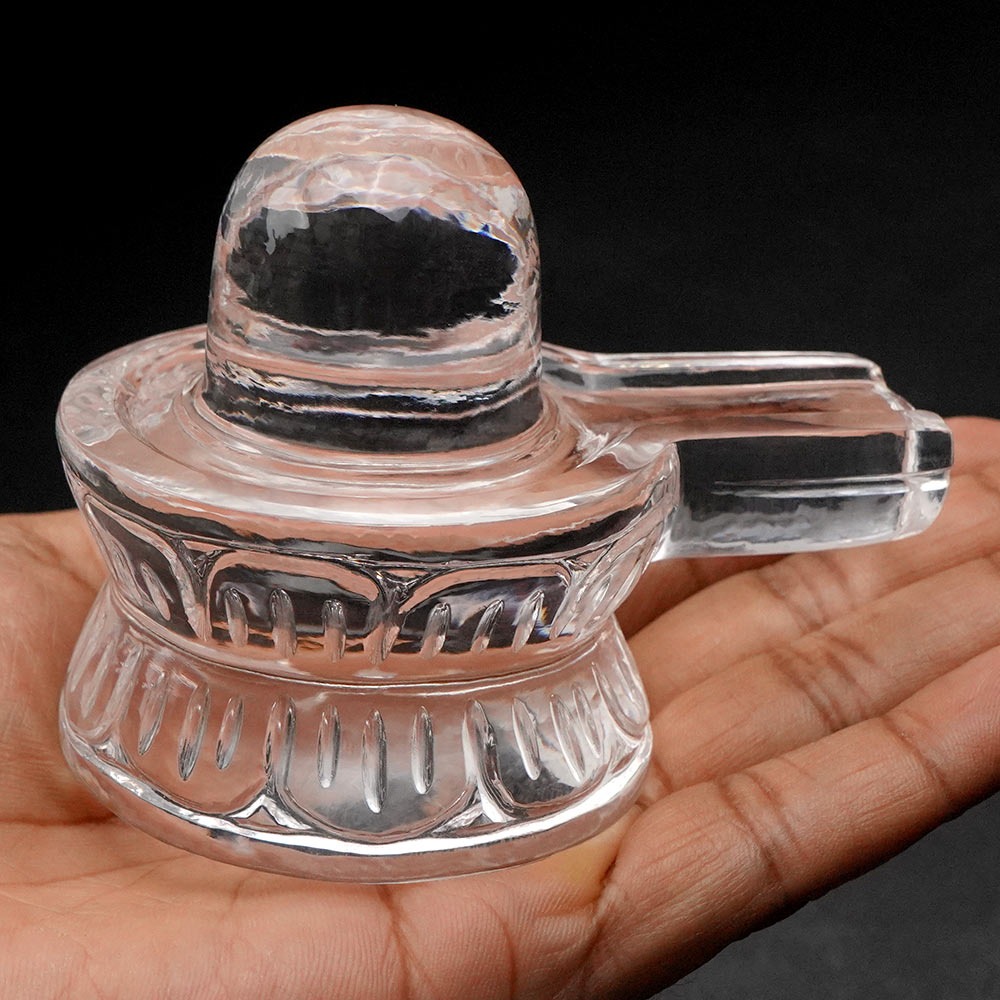
“The Sphatik (Crystal) Shivling is made from natural quartz crystal and is prized for its purity and transparency. This Shivling radiates calming and cooling energies, making it ideal for individuals seeking mental clarity and emotional balance. Associated with the Ajna Chakra (Third Eye Chakra), the Sphatik Shivling enhances intuition and inner vision. Worshippers also believe that it attracts harmony and positivity into their lives, fostering a serene environment,” mentioned the expert.
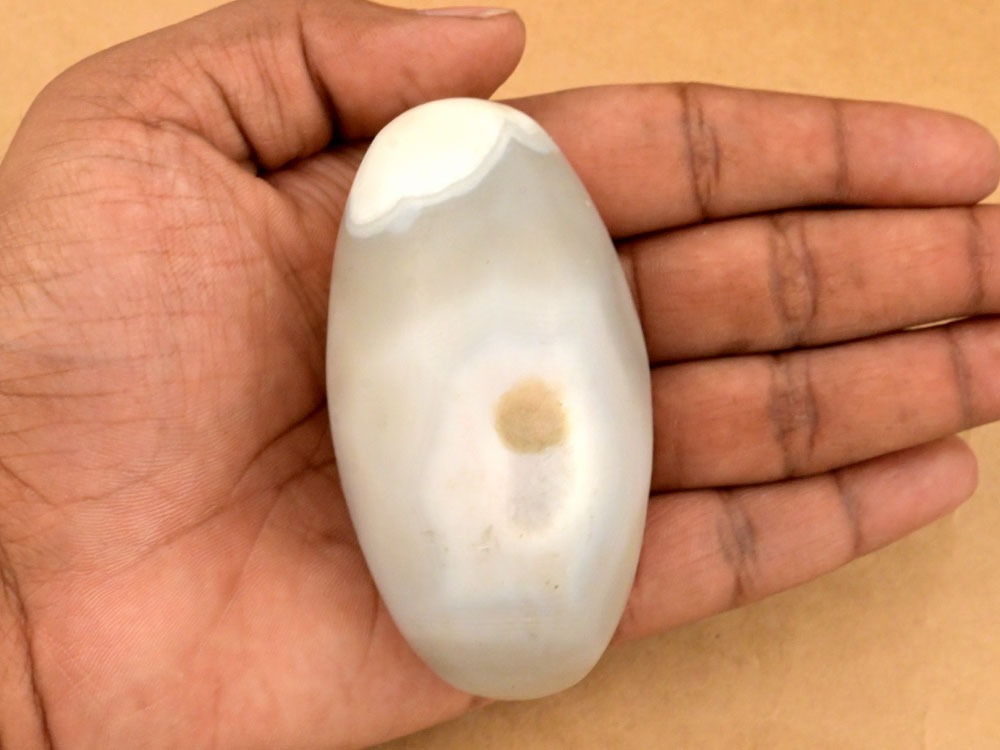
The astrologer said, “Found exclusively along the banks of the sacred Narmada River, is naturally formed and is one of the most ancient forms of the Shivling. Each Narmada Shivling carries unique patterns, believed to represent the cosmic dance of creation. Associated with the Muladhara Chakra (Root Chakra), this Shivling is worshipped for grounding energies, stability, and protection from adversities. Devotees also value it for its ability to dispel fear and promote inner strength.”
Divij shared, “The Banalingam is a naturally occurring stone from the sacred Narmada River, renowned for its distinct appearance and deep spiritual significance. Unlike other Shivlings, the Banalingam symbolises both Lord Shiva and Lord Vishnu, embodying the unity and balance between the two divine energies. This unique Lingam is formed under great pressure, becoming crystalline and translucent due to its deep placement beneath the riverbed.”
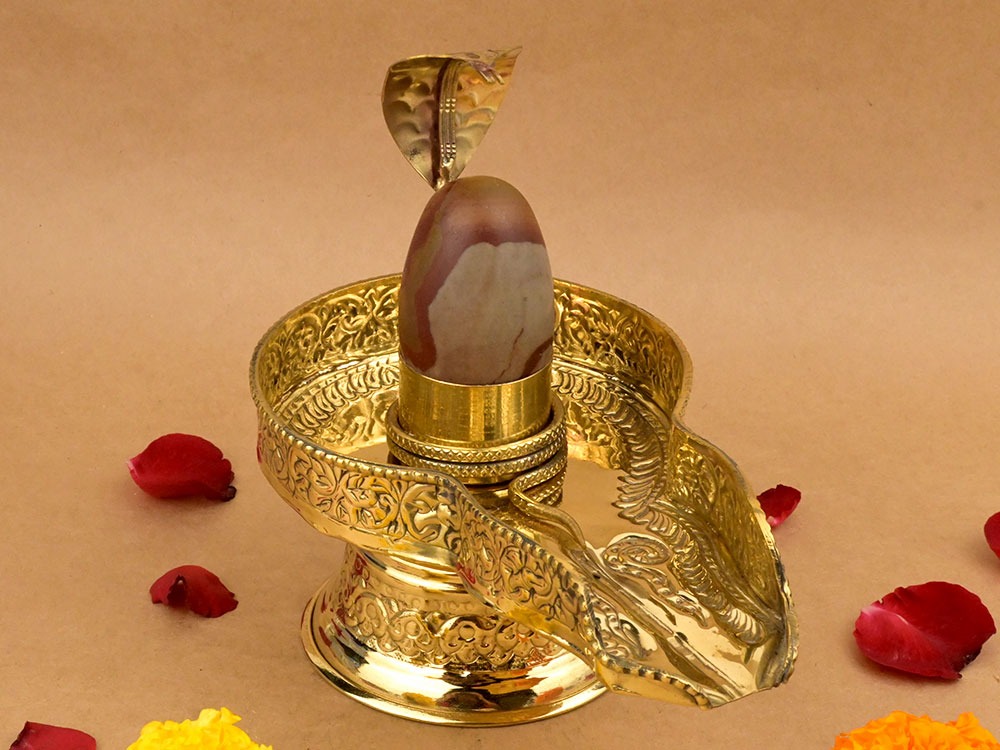
“Worship of the Banalingam is closely associated with the strengthening of the Swadhisthana Chakra (Sacral Chakra), fostering emotional stability, creativity, and spiritual equilibrium. Its revered presence is chosen for its profound connection to divine energies and its ability to harmonise relationships, bringing peace and balance to the surrounding environment,” he continued.

“The Parthiv Shivling is made from clay and is often used in temporary installations for specific rituals or occasions. It is a symbol of humility and devotion, reminding worshippers of the impermanence of material life. Worshipping a Parthiv Shivling helps to cleanse one’s karma and is believed to strengthen the Anahata Chakra (Heart Chakra), promoting compassion, forgiveness, and a deep sense of gratitude. After the worship, the Parthiv Shivling is immersed in water, symbolising the cycle of creation and dissolution,” explained the expert.
Don't Miss: Planting Tulsi In Your Courtyard: Significance And Other Things, As Per Astro Expert
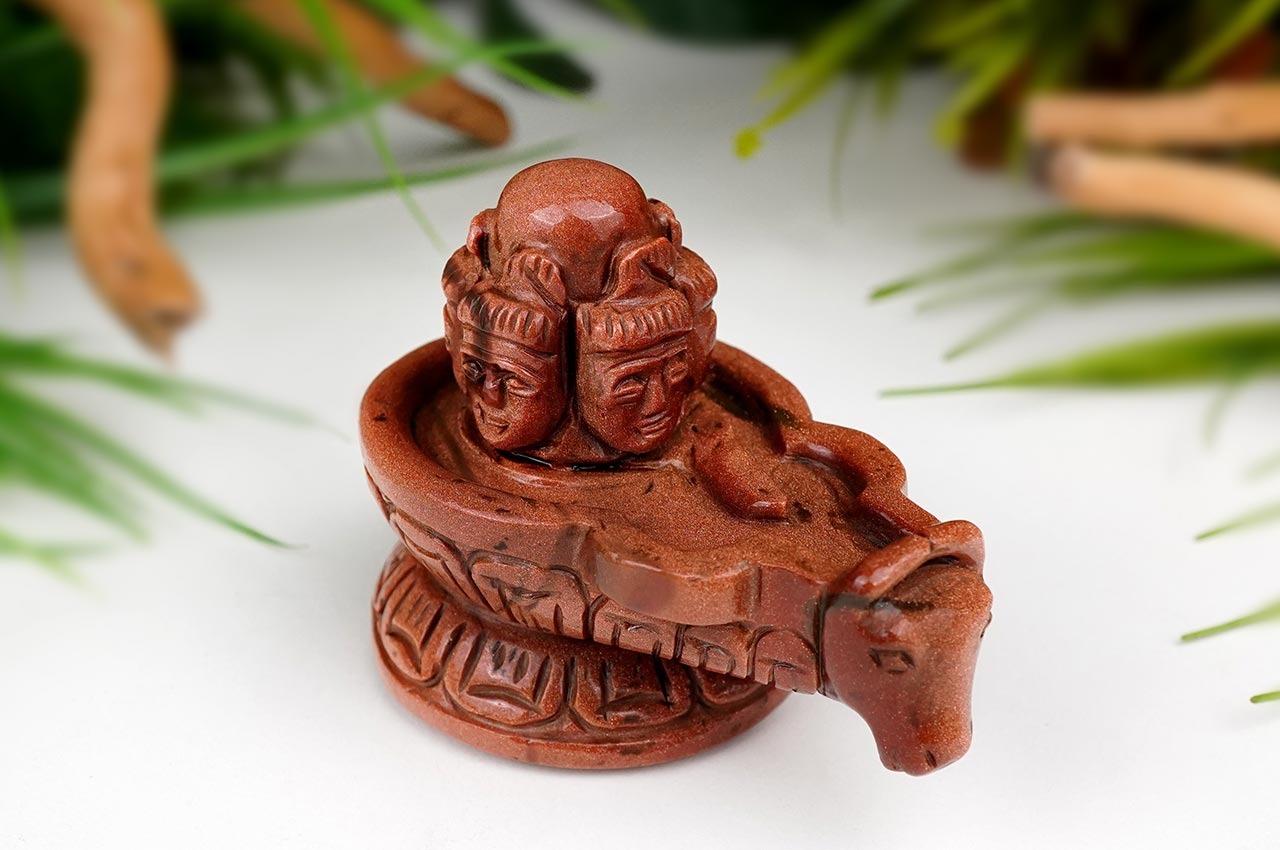
Sharma concluded, “The Pashupati Nath Shivling, revered in Nepal and parts of North India, holds a unique cultural and spiritual significance. It is closely associated with Lord Shiva as the ‘Lord of Animals,’ symbolising his role as the protector of all living beings. This Shivling is traditionally depicted with five faces, each representing an important aspect of Lord Shiva’s divine presence: Sadyojata (the creator aspect) symbolising creation, Vamadeva (the preserver aspect) symbolising preservation, Aghora (the destroyer aspect) symbolising destruction, Tatpurusha (the concealer aspect) symbolising concealment, and Ishana (the grace aspect) symbolising grace. Worshipping the Pashupati Nath Shivling strengthens the Vishuddha Chakra (Throat Chakra), enhancing communication, self-expression, and the ability to live in alignment with one’s truth.”
Don't Miss: Does Tulsi Plant Warn You About Future Problems? Astrologer Shares Surprising Insights
If you liked this story, then please share it. To read more such stories, stay connected to HerZindagi.
Also watch this video
Herzindagi video
Our aim is to provide accurate, safe and expert verified information through our articles and social media handles. The remedies, advice and tips mentioned here are for general information only. Please consult your expert before trying any kind of health, beauty, life hacks or astrology related tips. For any feedback or complaint, contact us at [email protected].